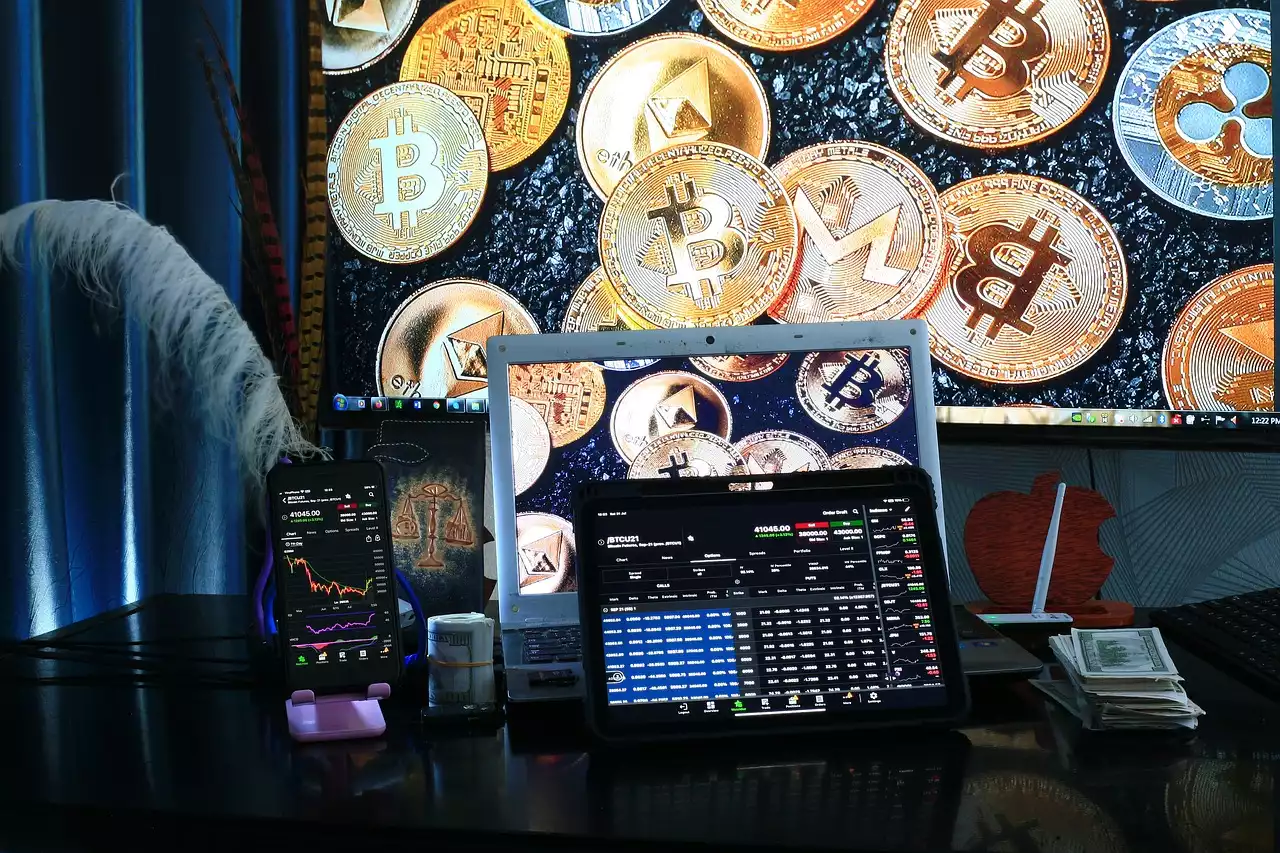When you think of banking, what comes to mind? Old men in suits? Checking accounts and savings accounts? The old school “bank teller” service? If you think those things still exist, then you’re only partially right. Banking has come a long way since the days of deposits, savings accounts, and paper checks. But that doesn’t mean that modern-day banks don’t offer similar services. There are many new and exciting ways to bank today. But before we explore exactly that, let’s take a look at the history of banking and how it has evolved into what it is now.
What is the history of banking?
For a long time, the concept of banking was non-existent. This is because paper money didn’t exist yet. Paper money was invented in China around the 9th century, but it took another thousand years for that idea to spread across the world. What people used to store their savings and wealth was gold, silver, and other precious metals. There were various “banks” and “savings accounts”, but they were private individuals who would store your gold for you in exchange for a small fee. This meant that most people didn’t have the luxury of actually storing their money in banks. When banks and paper money came along, they went through their share of ups and downs. The Great Depression and the Financial Crisis of 2008 changed the landscape of banking forever. Now, we have more options than ever before, and we are living in the “age of banking”.
Types of Banks
Traditional Banks: These are the banks we think of when we say “bank”. They are brick-and-mortar institutions that have been around for centuries. They were traditionally where you would store your savings and where you would go to take out a loan or make a deposit. Brokerage: A brokerage is another type of financial institution. They are more prevalent in the investment banking industry, but some traditional banks also offer brokerage services. Credit Unions: Credit unions are non-profit financial institutions that are owned by their members. Credit unions are member-owned cooperatives. They exist to provide financial products and services to members, often at a much lower cost than traditional banks. Savings and Loan Associations: These are like credit unions, except they specialize in residential real estate and consumer lending.
Why do banks exist?
Banks have existed for thousands of years. But, what is the purpose of a bank? A bank’s primary purpose is to store and manage your money. Banks provide a safe and reliable place to store your money, and they also allow you to make withdrawals, deposits, transfers, and other financial transactions. Banks also offer loans and credit services. They can give you a loan if you need money, or they can give you a credit card to help you make purchases. Banks also offer savings accounts, investment accounts, and other financial services. By keeping your money in a bank, you are earning interest. The bank is borrowing your money, often for very short periods, and in return, you are paid interest on it. Banks are also important financial institutions in a country’s economy. They can help prevent economic collapse, and they can also help to stimulate economic growth.
How has banking changed over time?
Over the years, banking practices have evolved from storing your gold in a safe place to storing your money in a bank account. The methods used to store money and transfer funds have also changed. Paper checks have been replaced with electronic transfers, and travelers’ cheques have been replaced with credit and debit cards. Banks have also started to offer more than just financial services. They have added “lifestyle” products and services such as insurance, travel booking, and investing advice.
Credit Cards and Debit Cards
Credit cards and debit cards are two of the most popular types of payment services used today. Credit cards are like a loan that you can pay back at any time. However, if you don’t pay it back on time, you will be charged a fee. This fee is typically a percentage of the amount that you owe. Debit cards are linked to your bank account. You can make purchases and withdraw money from an ATM using a debit card. You are essentially taking money out of your bank account when you use a debit card. The main difference between these two types of cards is that credit cards allow you to defer your payment until the end of the month. You will have to pay a small interest fee, but you can pay it back at your own pace.
Online Banking and Mobile Apps
Banking online is one of the most popular methods of modern-day banking. Almost every bank offers online banking, and there are even some banks that are entirely online. You can do almost anything with your bank account online. You can check your balance, transfer money, pay bills, and even apply for a loan. Banks also offer mobile apps. These apps function similarly to online banking, but they are designed for you to use on your phone. They are available for both Android and iOS devices.
Robo-Advisors and FinTechs
Robo-advisors are computer algorithms that provide financial advice. They are a relatively new type of service offered by banks. They are designed to help you invest your money in a way that gets the most out of your capital. FinTechs are financial technology companies that provide software and services to banks. They help banks to improve their services and to be more efficient in their day-to-day operations.
Bottom line
Banking has gone through many changes over the years. From storing your gold in safe places to storing your money in banks, banking has become an essential part of our financial lives. As the banking industry evolves, more companies emerge to provide new and innovative services.

 The Most Famous Modern-Day Investment Banks
The Most Famous Modern-Day Investment Banks The Convenience of Mobile Banking
The Convenience of Mobile Banking Mitsubishi UFJ Financial Group Bank
Mitsubishi UFJ Financial Group Bank ICBC is the Worlds Biggest Bank
ICBC is the Worlds Biggest Bank